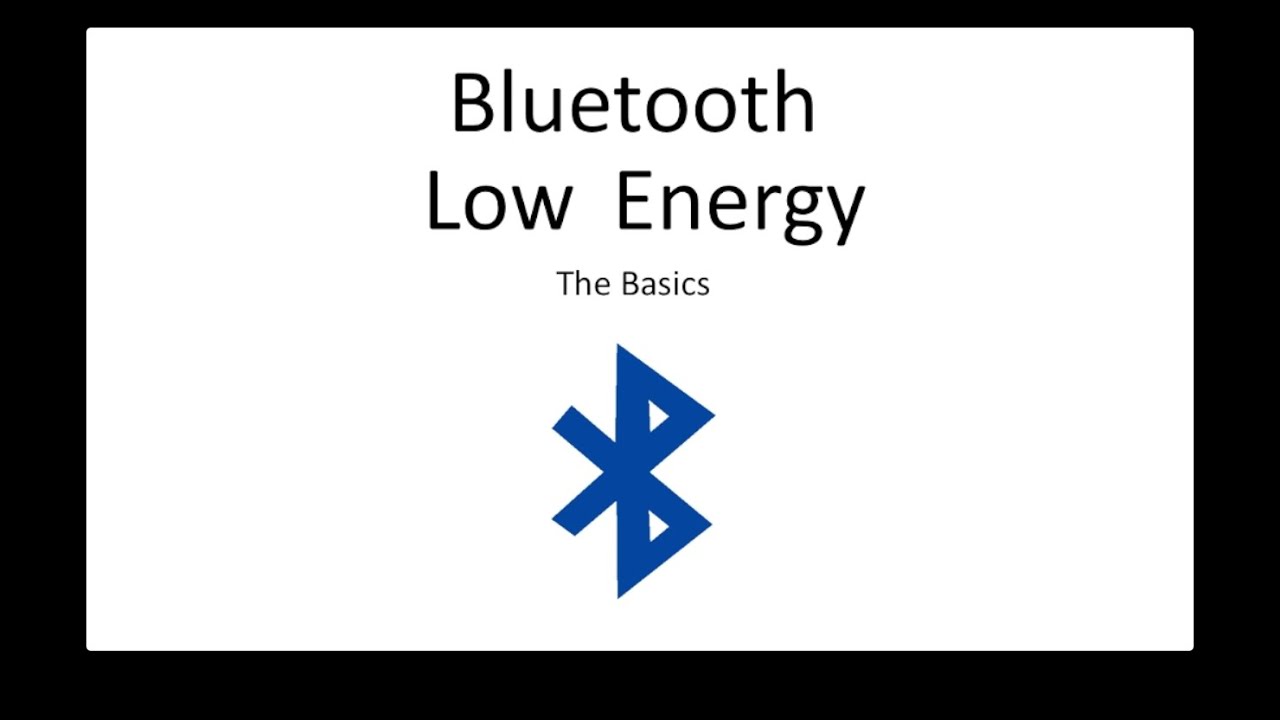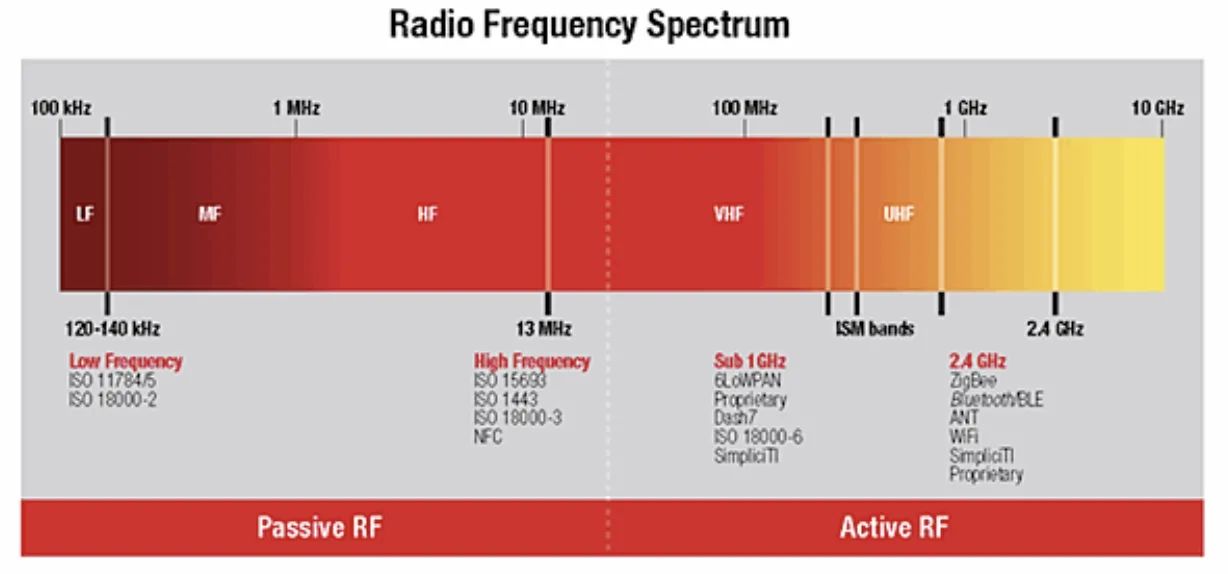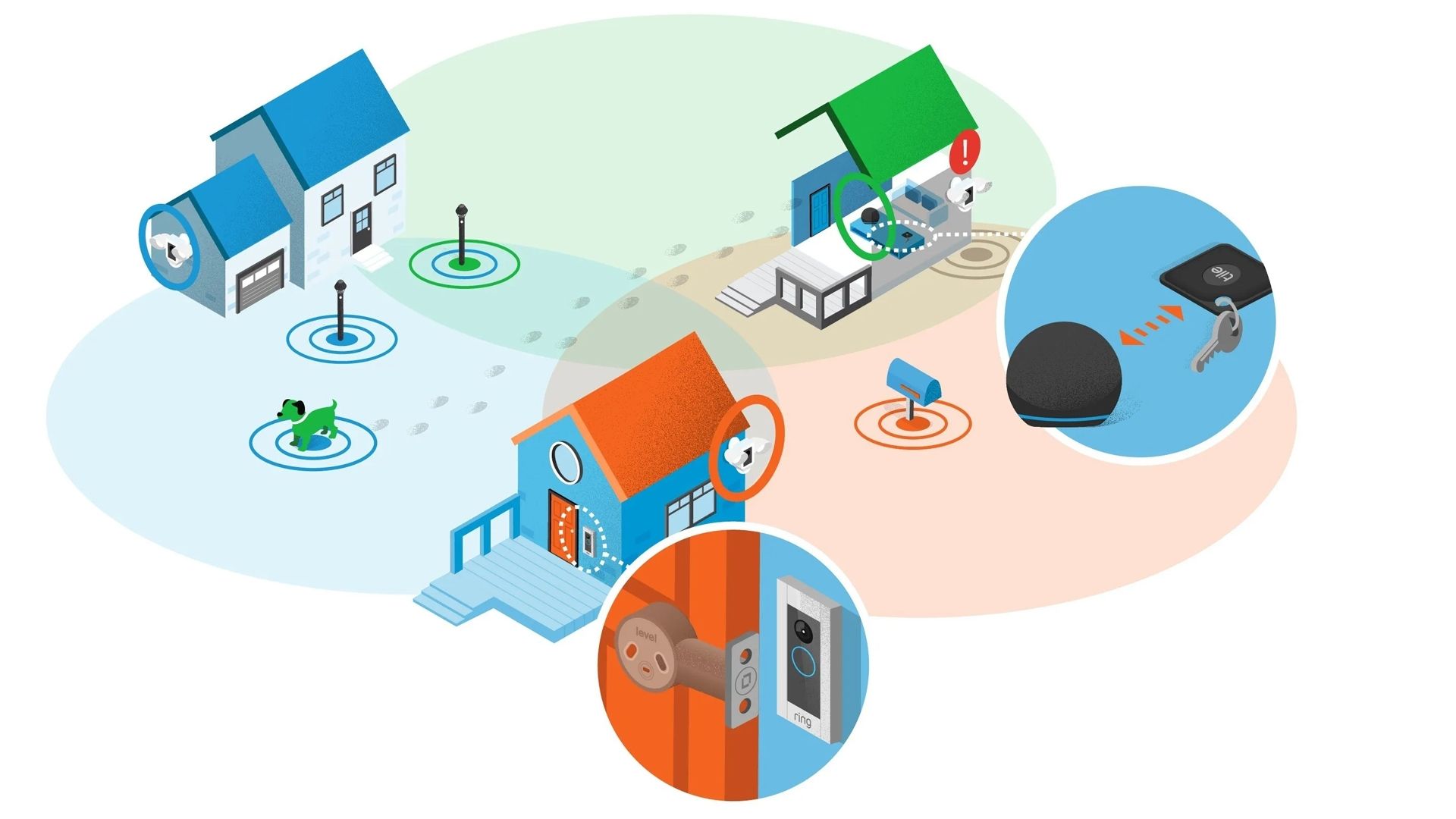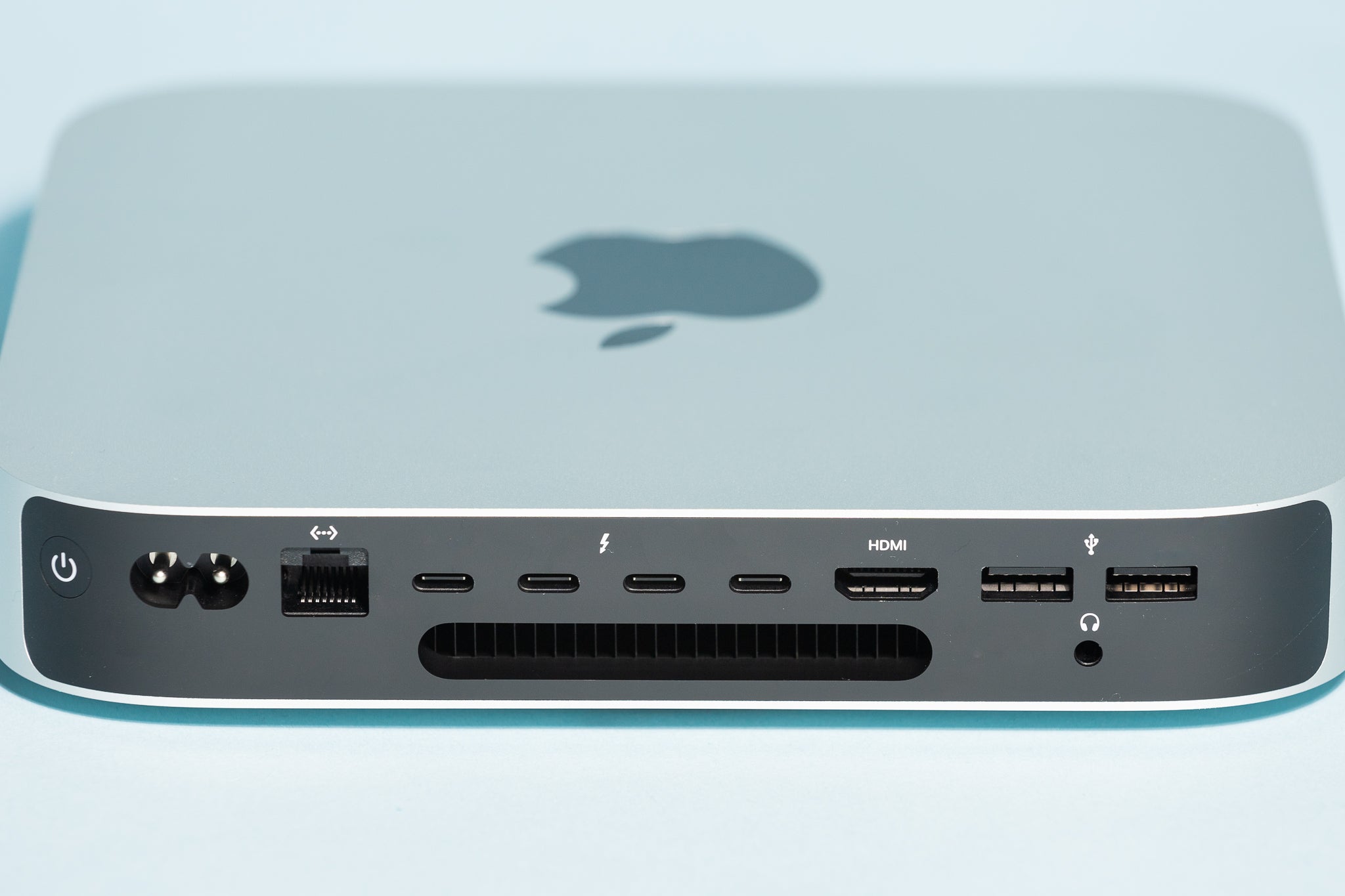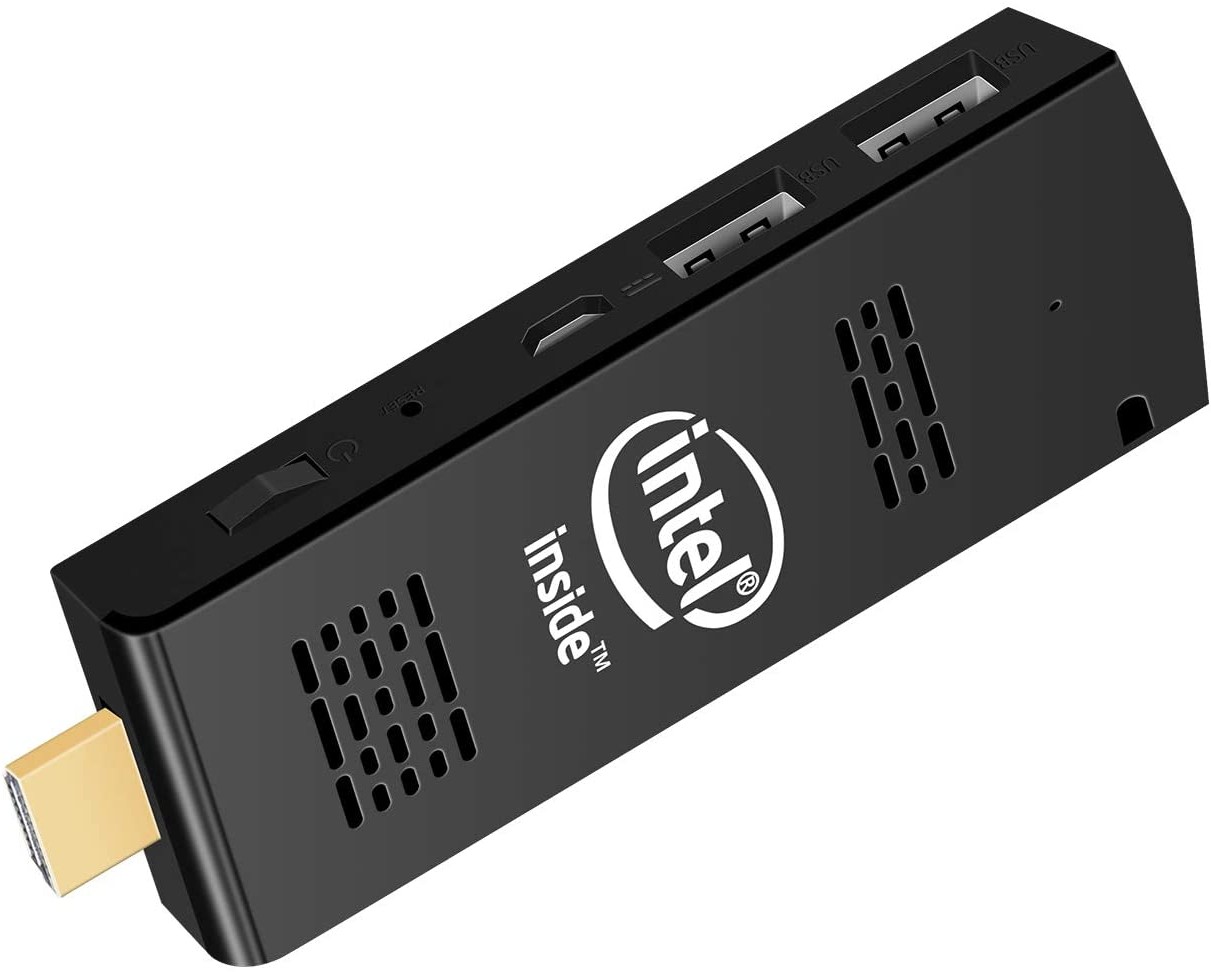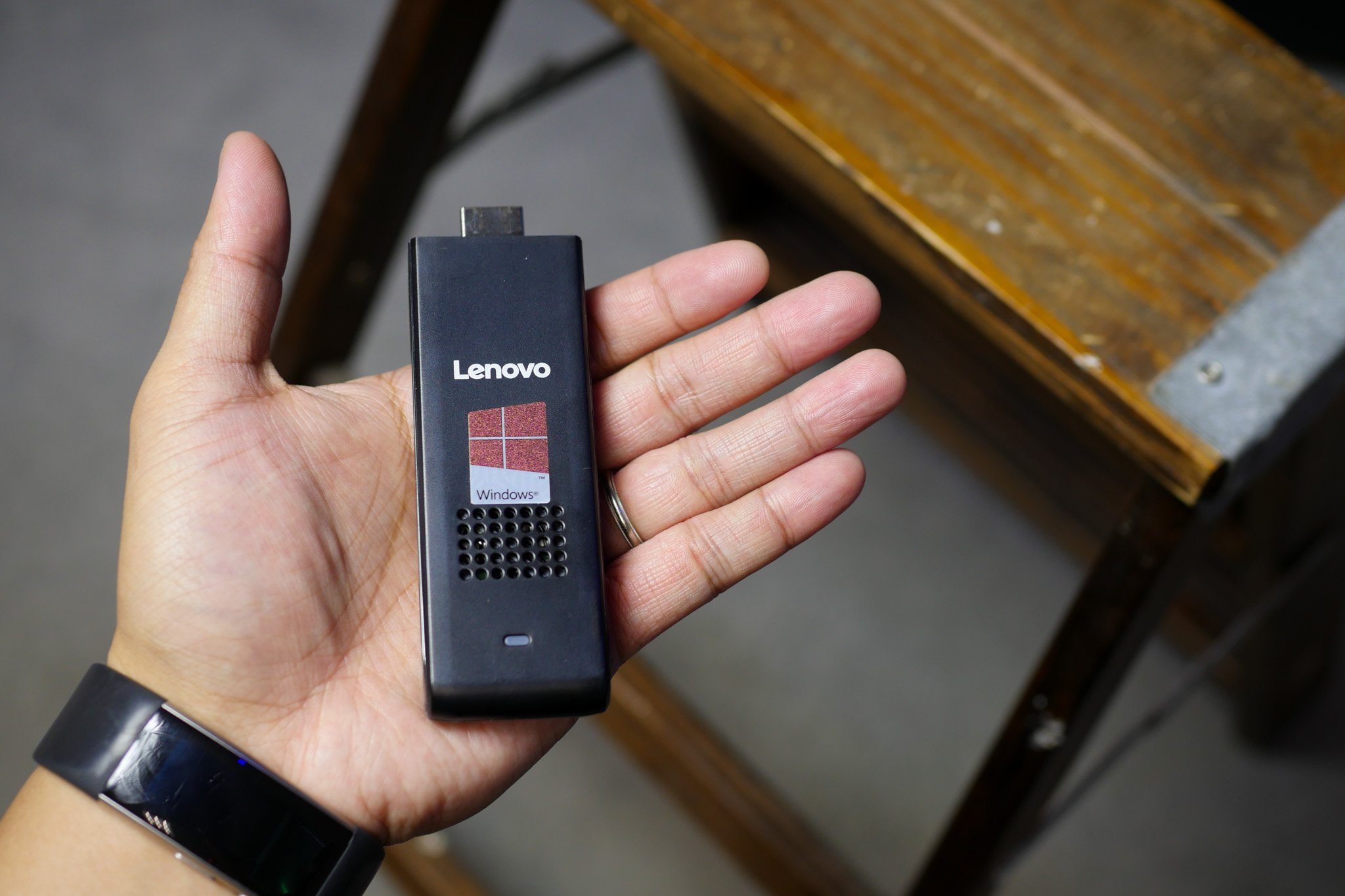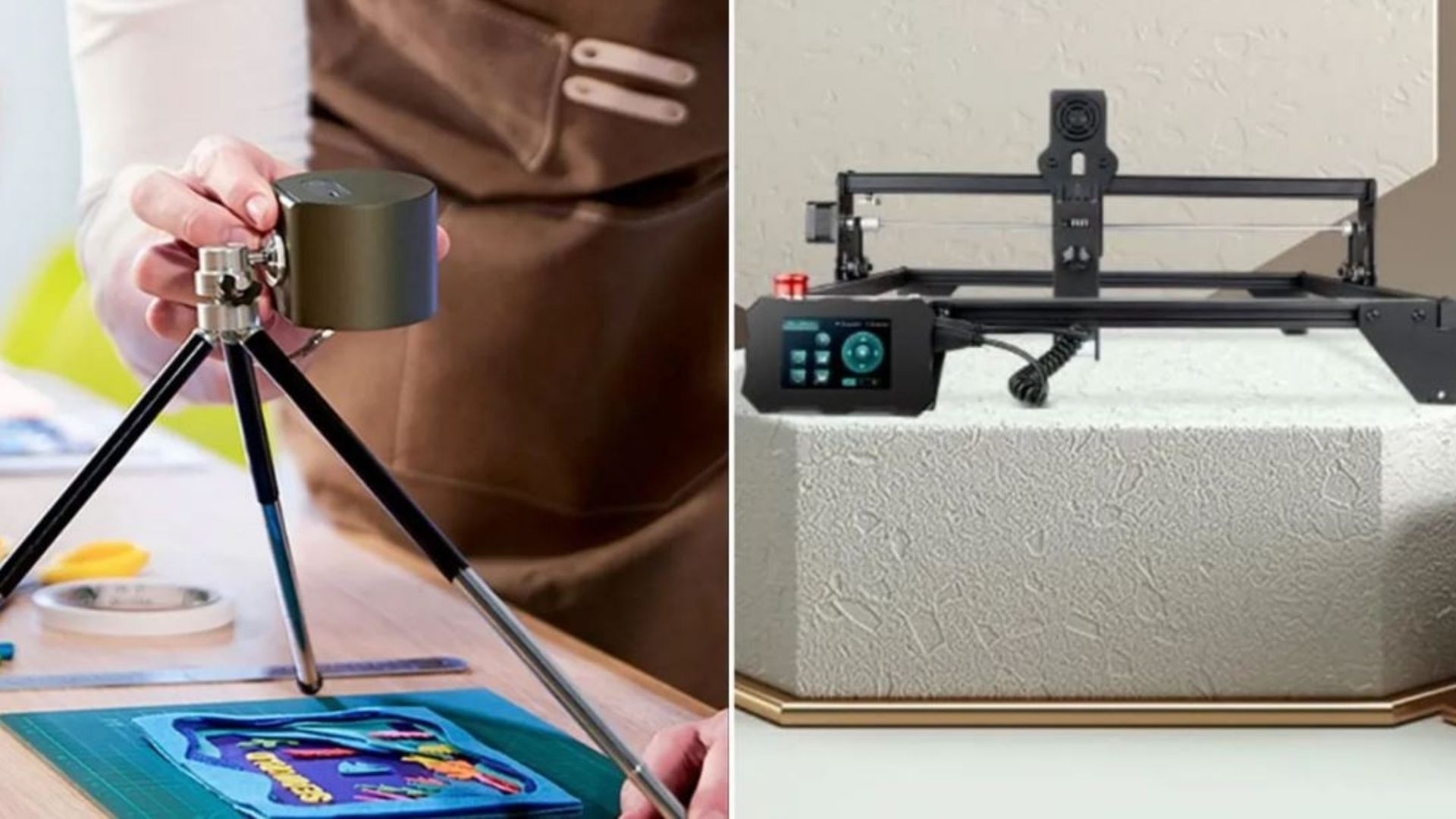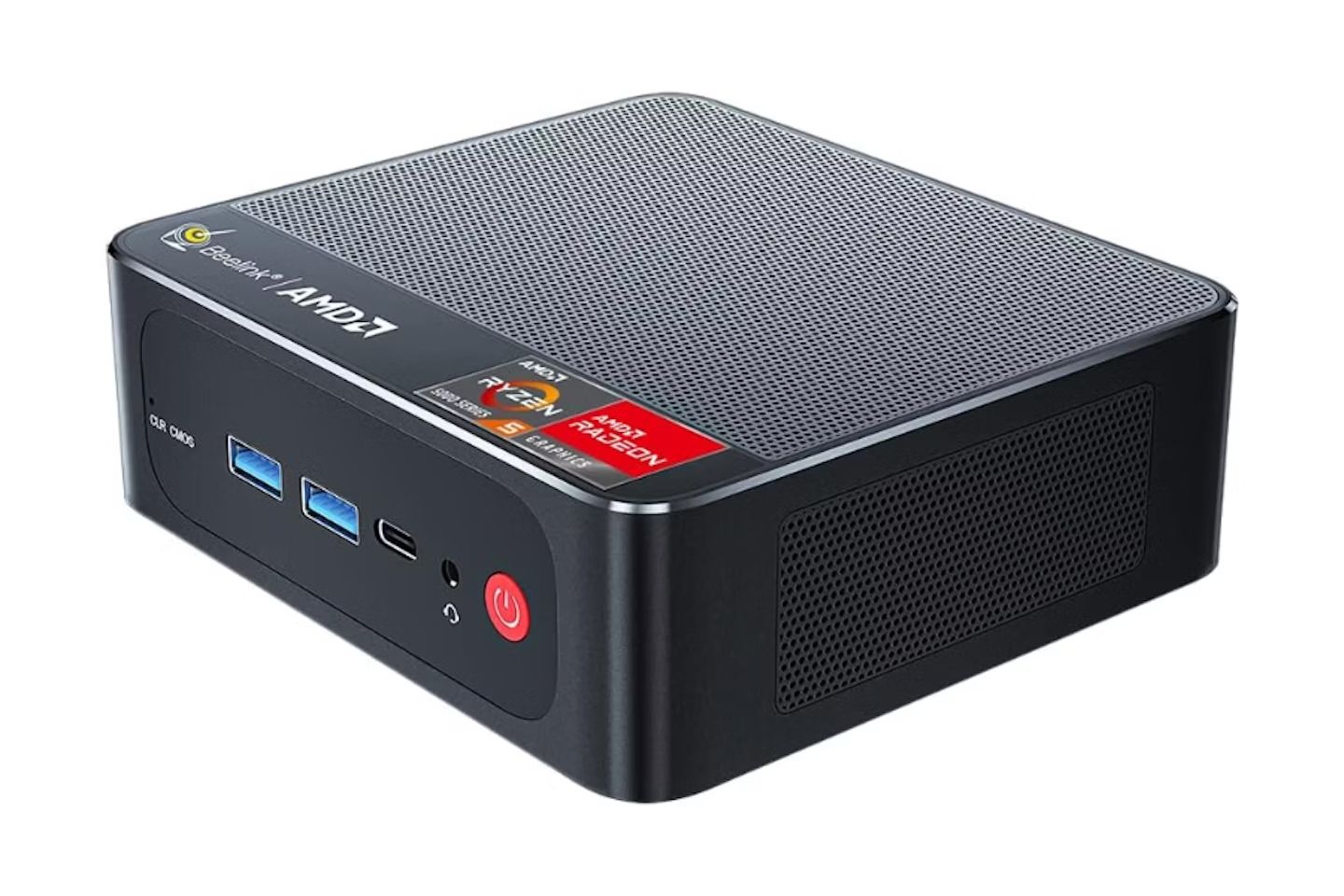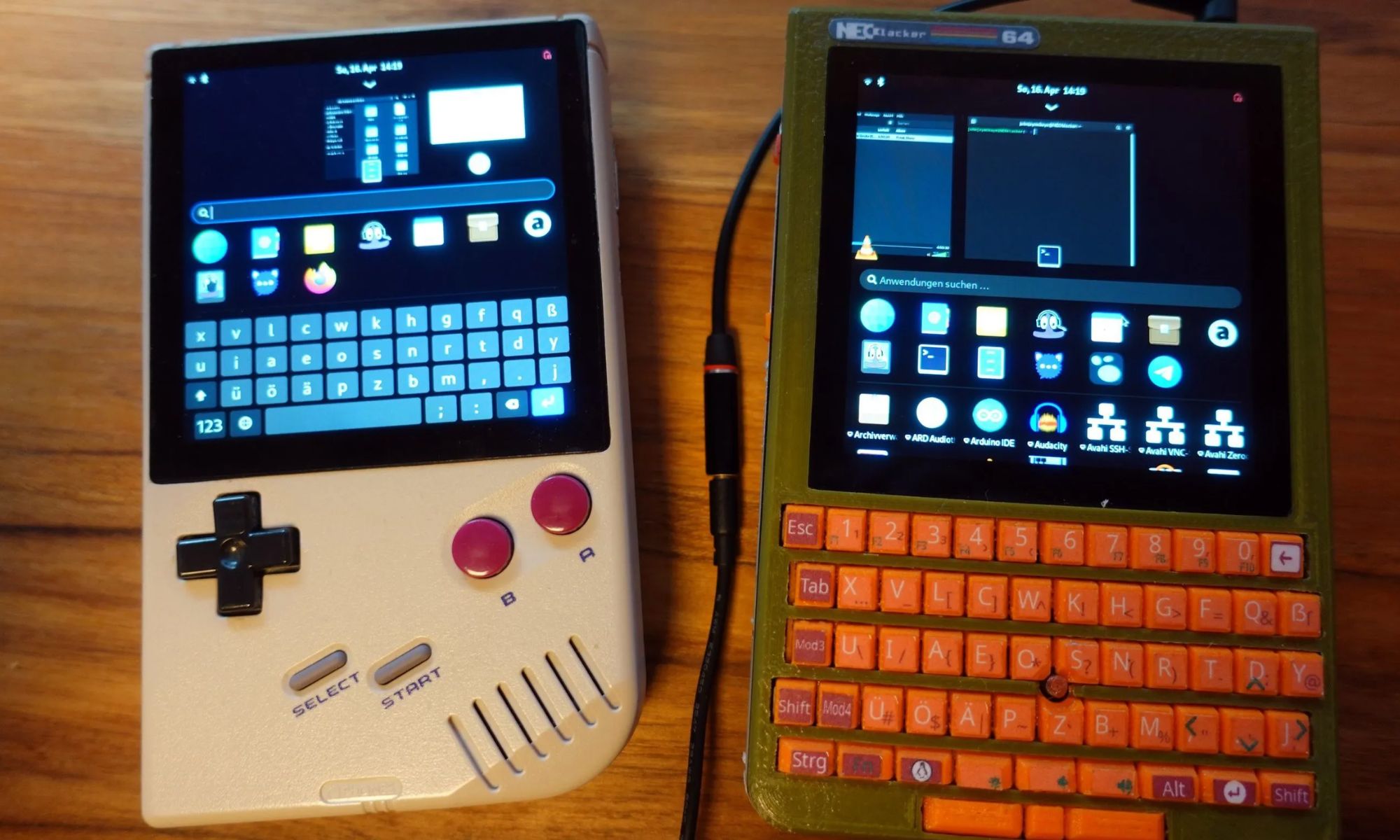Introduction
Welcome to the world of Bluetooth Low Energy (LE), the innovative wireless technology that has revolutionized the way we connect and communicate with devices. In this increasingly interconnected era, Bluetooth LE has become an integral part of our daily lives, enabling seamless communication between smartphones, tablets, wearables, and other smart devices.
Bluetooth LE, also known as Bluetooth Smart, is a power-efficient version of the classical Bluetooth technology. It was designed to address the growing need for low-power wireless communication, making it perfect for a wide range of applications, from fitness trackers to smart home devices.
This article will provide an overview of Bluetooth LE, exploring how it works, its key features, applications, as well as its advantages and disadvantages. Whether you’re a tech enthusiast, a developer, or just curious about the latest wireless technologies, this article will give you a deeper understanding of Bluetooth LE and its potential impact on our daily lives.
So, let’s dive in and uncover the fascinating world of Bluetooth LE!
What is Bluetooth LE?
Bluetooth LE, also known as Bluetooth Low Energy or Bluetooth Smart, is a wireless communication technology that enables short-range communication between devices with low power consumption. It is an evolution of the classic Bluetooth technology, designed to overcome the limitations of energy consumption and extend the battery life of devices.
Bluetooth LE operates in the same 2.4GHz frequency band as classic Bluetooth but uses smaller packets and lower transmission power. This makes it ideal for applications where energy efficiency is crucial, such as wearable devices, medical devices, smart home automation, and Internet of Things (IoT) devices.
One of the key features of Bluetooth LE is its ability to establish and maintain connections quickly, allowing devices to communicate and exchange data seamlessly. It achieves this by using a device discovery process called “advertising” and a connection establishment process called “pairing” or “bonding”.
Bluetooth LE utilizes a master-slave architecture, where one device acts as the “master” and initiates the communication, while the other devices act as “slaves” and respond to the master’s commands. This enables efficient and controlled communication between multiple devices without causing interference or high power consumption.
Furthermore, Bluetooth LE offers various profiles and services that define specific functionalities and capabilities for different types of devices. These profiles include the Generic Attribute Profile (GATT), which allows devices to exchange data, and the Generic Access Profile (GAP), which handles device discovery and connection management.
Overall, Bluetooth LE is a versatile and energy-efficient wireless technology that has become ubiquitous in the world of smart devices. Its low power consumption, quick connections, and broad compatibility make it an ideal choice for a wide range of applications. In the next section, we will delve deeper into how Bluetooth LE works.
How Does Bluetooth LE Work?
Bluetooth LE operates using a technology called frequency-hopping spread spectrum (FHSS). This technique allows Bluetooth devices to transmit data in a secure and reliable manner by hopping between different frequencies within the 2.4GHz ISM band. By rapidly switching frequencies, Bluetooth LE mitigates the impact of interference from other devices and improves overall connectivity.
When a Bluetooth LE device wants to initiate communication, it starts by sending out an advertisement packet. This packet contains information about the device, such as its name, capabilities, and available services. Other nearby devices can then receive these advertisements and decide whether to establish a connection with the advertising device.
To establish a connection, Bluetooth LE uses a process called pairing or bonding. Pairing involves exchanging security information between the devices to ensure a secure and encrypted connection. This process can be accomplished using different methods, such as numeric comparison, passkey entry, or out-of-band authentication, depending on the desired level of security.
Once a connection is established, devices can exchange data using the Generic Attribute Profile (GATT). GATT defines a hierarchical structure of attributes, where each attribute represents a piece of data or a functionality provided by the device. This structure allows devices to easily read, write, and update data between each other.
Bluetooth LE also supports two types of data transmissions: advertisements and connections. Advertisements are used for broadcasting information to nearby devices, such as device capabilities or proximity notifications. Connections, on the other hand, enable more reliable and interactive communication between two devices.
In terms of power consumption, Bluetooth LE implements several mechanisms to reduce energy usage. For example, devices can enter low-power modes when not actively transmitting or receiving data. Additionally, connections can be established in different power levels, allowing devices to balance range and power consumption based on their requirements.
With its efficient communication protocols and power-saving mechanisms, Bluetooth LE has become the go-to technology for many IoT devices, wearables, and smart home automation systems. Its ability to establish quick connections, transmit data reliably, and conserve energy has made it a popular choice among both developers and consumers.
Now that we have explored how Bluetooth LE works, let’s move on to discover its key features in the next section.
Key Features of Bluetooth LE
Bluetooth Low Energy (LE) offers several key features that make it a versatile and attractive wireless communication technology. Let’s explore some of its notable features:
- Low Power Consumption: One of the primary advantages of Bluetooth LE is its low power consumption. It is specifically designed to minimize energy usage, making it highly efficient for battery-powered devices. This feature is crucial for devices that require long battery life, such as fitness trackers, smartwatches, and medical devices.
- Quick Connections: Bluetooth LE supports fast connection establishment, enabling devices to initiate communication quickly. This allows for seamless and instant interaction between devices, improving the overall user experience. With swift connections, users can easily pair their devices and start using them right away.
- Range Flexibility: Bluetooth LE provides flexibility in terms of range. It supports short-range communication, typically up to 100 meters, but also offers options for reduced power transmission, which can extend the range further. This makes it suitable for both close-proximity applications, like health monitoring devices, and applications that require communication across larger areas, such as home automation systems.
- Interoperability: Bluetooth LE ensures compatibility and interoperability between devices from different manufacturers. This means that devices equipped with Bluetooth LE can communicate with each other seamlessly, regardless of brand or product type. This feature promotes a more connected ecosystem and opens up opportunities for various applications and device combinations.
- Security & Privacy: Bluetooth LE offers robust security features to protect sensitive data during communication. It supports encryption and authentication mechanisms to ensure secure connections between devices. Additionally, Bluetooth LE provides options for user privacy, allowing users to control their device’s visibility to others.
- Low Cost: Implementing Bluetooth LE is cost-effective, both for device manufacturers and consumers. The technology is widely adopted, resulting in affordable chipsets and components. Furthermore, Bluetooth LE’s low power consumption reduces the need for frequent battery replacements or recharges, saving users money in the long run.
These key features have contributed to the widespread adoption of Bluetooth LE in various industries and applications. Its low power consumption, quick connections, range flexibility, interoperability, security, and affordability have made it an ideal choice for numerous IoT devices, wearables, home automation systems, and more.
Now that we have discussed the key features of Bluetooth LE, let’s move on to explore the diverse applications of this wireless technology in the next section.
Applications of Bluetooth LE
Bluetooth Low Energy (LE) has found applications in various industries and is widely used in different devices and systems. Let’s take a look at some of the key applications of Bluetooth LE:
- Wearable Devices: One of the most prominent applications of Bluetooth LE is in wearable devices such as fitness trackers, smartwatches, and health monitoring devices. Bluetooth LE allows these devices to connect wirelessly to smartphones or other devices, enabling seamless data synchronization and real-time tracking of various health and fitness metrics.
- Smart Home Automation: Bluetooth LE plays a crucial role in smart home automation systems, allowing users to control and monitor various aspects of their homes using their smartphones or smart hubs. It enables communication between devices like smart thermostats, smart lights, smart locks, and security systems, simplifying home management and enhancing convenience.
- Beacon Technology: Bluetooth LE beacons have gained popularity in retail, hospitality, and indoor navigation applications. With their low power consumption and accurate proximity detection, beacons can transmit localized notifications, provide location-based information, and enable contactless payment services.
- Medical and Healthcare: Bluetooth LE is extensively used in medical and healthcare applications. It enables the transmission of critical data from medical devices such as glucose meters, heart rate monitors, and insulin pumps to smartphones or healthcare systems for monitoring and analysis. Bluetooth LE also facilitates telehealth services, allowing remote patient monitoring and virtual consultations.
- Asset Tracking: Bluetooth LE is employed in asset tracking solutions, enabling the localization and monitoring of valuable assets in industries like logistics, manufacturing, and retail. By attaching Bluetooth LE tags or trackers to items, businesses can easily track their location, movement, and status in real-time, improving operational efficiency and minimizing losses.
- Automotive Connectivity: Bluetooth LE is commonly used in automotive applications for seamless connectivity between smartphones and in-car infotainment systems. It allows hands-free calling, audio streaming, and control of various features in the vehicle, enhancing driver convenience and safety.
These are just a few examples of the extensive range of applications where Bluetooth LE is utilized. From wearables to smart homes, from healthcare to asset tracking, Bluetooth LE’s versatility and efficiency have made it an integral part of various industries and use cases.
Now that we’ve explored the applications of Bluetooth LE, let’s take a look at its advantages and disadvantages.
Advantages and Disadvantages of Bluetooth LE
Bluetooth Low Energy (LE) comes with several advantages that have contributed to its widespread adoption. However, like any technology, it also has a few limitations. Let’s examine the advantages and disadvantages of Bluetooth LE:
- Advantages:
- Low Power Consumption: Bluetooth LE is designed to be energy-efficient, making it ideal for battery-powered devices and applications that require long battery life.
- Quick Connections: Bluetooth LE enables fast and seamless connection establishment between devices, allowing for instant communication and interaction.
- Wide Range of Applications: Bluetooth LE is suitable for a diverse range of applications, including wearables, smart home automation, healthcare, asset tracking, automotive connectivity, and more.
- Interoperability: Bluetooth LE ensures compatibility and easy communication between devices from different manufacturers, promoting a connected ecosystem.
- Security: Bluetooth LE incorporates robust security features, including encryption and authentication, to protect data during transmission.
- Low Cost: Bluetooth LE technology is cost-effective, making it accessible to both manufacturers and consumers. Affordable chipsets and components have contributed to its widespread adoption and availability.
- Disadvantages:
- Shorter Range: Bluetooth LE has a limited range compared to other wireless technologies, typically up to 100 meters. This can be a limitation in applications that require long-range communication.
- Data Transfer Speed: Bluetooth LE has lower data transfer rates compared to Wi-Fi or classic Bluetooth. While sufficient for many applications, it may limit the usability in scenarios requiring high-speed data transfer.
- Interference: Bluetooth signals can be susceptible to interference from other devices operating in the same frequency band, which can impact the reliability and quality of the connection.
- Compatibility with Older Devices: Bluetooth LE may not be compatible with older devices that only support classic Bluetooth technology. However, this is becoming less of an issue as Bluetooth LE becomes more widely adopted.
- Complexity of Development: Developing Bluetooth LE applications may require a higher level of technical expertise compared to traditional Bluetooth, as it involves understanding the intricacies of the GATT-based architecture and programming.
Despite the limitations, the advantages of Bluetooth LE, such as low power consumption, quick connections, wide application range, interoperability, security, and affordability, make it a popular choice for many developers and consumers.
In the next section, we will conclude our exploration of Bluetooth LE by summarizing the key points discussed throughout this article.
Conclusion
Bluetooth Low Energy (LE) has revolutionized wireless communication by providing a power-efficient and versatile solution for connecting devices. This technology has become an integral part of our daily lives, enabling seamless communication between smartphones, wearables, smart home devices, and various IoT applications.
In this article, we explored the fundamentals of Bluetooth LE, including its low power consumption, quick connection establishment, range flexibility, interoperability, security features, and affordable implementation. We discussed its applications in wearable devices, smart home automation, beacon technology, medical and healthcare systems, asset tracking, and automotive connectivity.
While Bluetooth LE offers numerous advantages, it also has some limitations, such as a shorter range, slower data transfer speeds compared to Wi-Fi, and potential interference issues. However, with ongoing advancements and improvements in technology, these limitations are being addressed, making Bluetooth LE even more efficient and reliable.
As the demand for wireless connectivity continues to grow in various industries, Bluetooth LE is poised to play an increasingly significant role. Its low power consumption and compatibility with a wide range of devices make it an attractive choice for developers and manufacturers looking to create innovative and energy-efficient solutions.
In conclusion, Bluetooth LE has transformed the way we connect and communicate with devices, offering a reliable and energy-efficient wireless solution. With its broad application range and constant advancements, Bluetooth LE is set to continue shaping the future of wireless technology.







